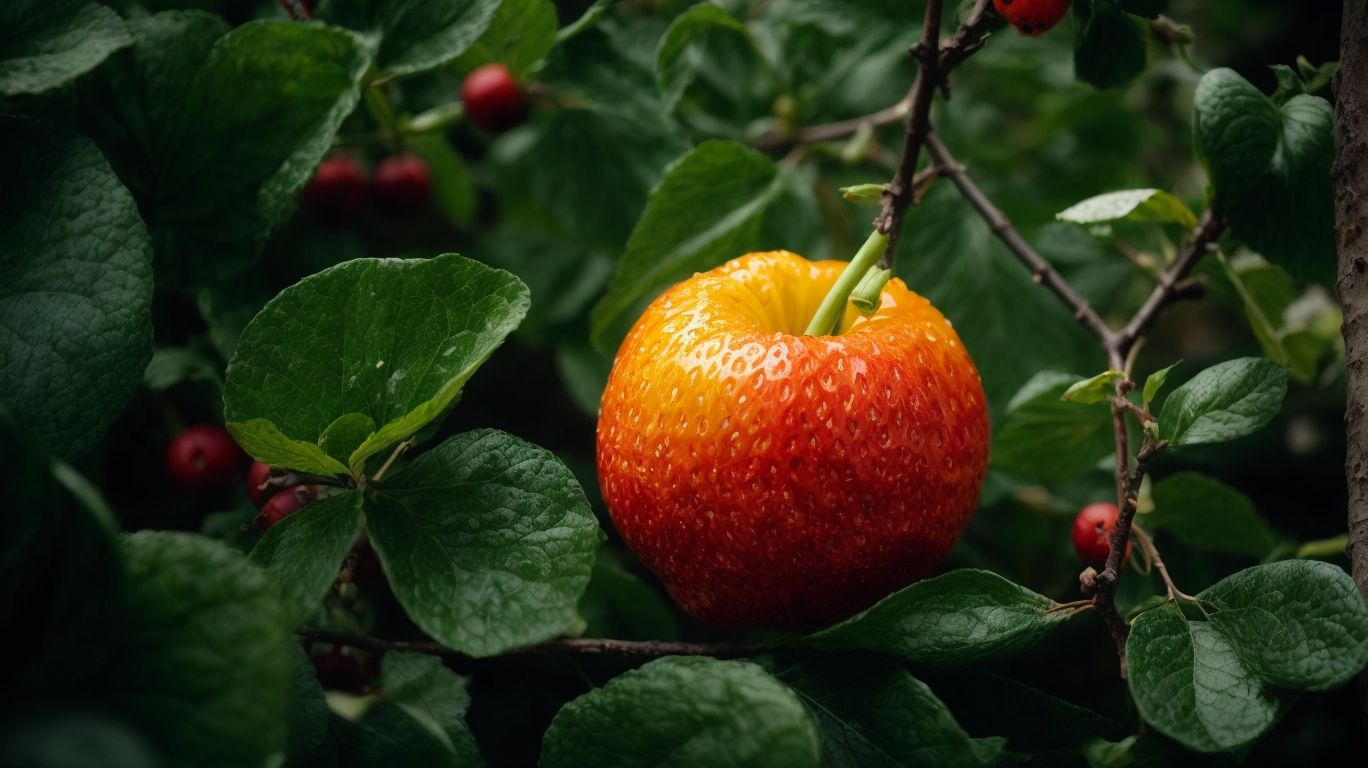Ethylene is a natural plant hormone that plays a crucial role in the ripening process of fruits. This odorless and colorless gas is produced by plants in response to stress and triggers the ripening process in fruits. Understanding the role of ethylene in fruit ripening is important for farmers, producers, and consumers alike.
According to a study by the American Society for Horticultural Science, ethylene can be classified into two types: Systemic and Wound-Induced Ethylene. Systemic ethylene is produced within the plant’s tissues while wound-induced ethylene is produced in response to physical injury or damage.
Various factors such as temperature, oxygen levels, and hormones can influence the production of ethylene in fruits. For instance, fruits ripen faster in warmer temperatures as it increases ethylene production. On the other hand, low oxygen levels can also stimulate ethylene production in fruits. Additionally, hormones, such as auxins or abscisic acid, can also influence ethylene production in fruits.
One of the signs of ethylene production in fruits is softening of the fruit. This is because ethylene triggers the production of enzymes that break down the cell walls in fruits, resulting in softening. Other signs include color changes and flavor development.
Ethylene can be manipulated in fruits using ethylene inhibitors or releasers. Ethylene inhibitors, such as 1-Methylcyclopropene, can delay the ripening process by blocking the ethylene receptors in fruits. On the other hand, ethylene releasers, such as Ethrel, can accelerate the ripening process by releasing ethylene gas.
There are various benefits and risks associated with ethylene in fruit ripening. The benefits include uniform ripening, increased shelf life, and improved flavor. However, the risks include uneven ripening, over-ripening, and loss of nutritional value.
In commercial fruit production, ethylene is used in controlled atmosphere storage, ethylene gas treatment, and ethylene releasing packaging. Controlled atmosphere storage involves modifying the storage environment to control ethylene production and ripening. Ethylene gas treatment is used to accelerate the ripening process of certain fruits. Ethylene releasing packaging is a newer technique that involves packaging fruits in a film that releases ethylene gas, promoting ripening.
In conclusion, ethylene plays a crucial role in fruit ripening and its manipulation can greatly impact fruit production. Understanding the factors that influence ethylene production and its use in commercial fruit production can help ensure that fruits are ripened properly and safely.
Key Takeaways:
What Is Ethylene?
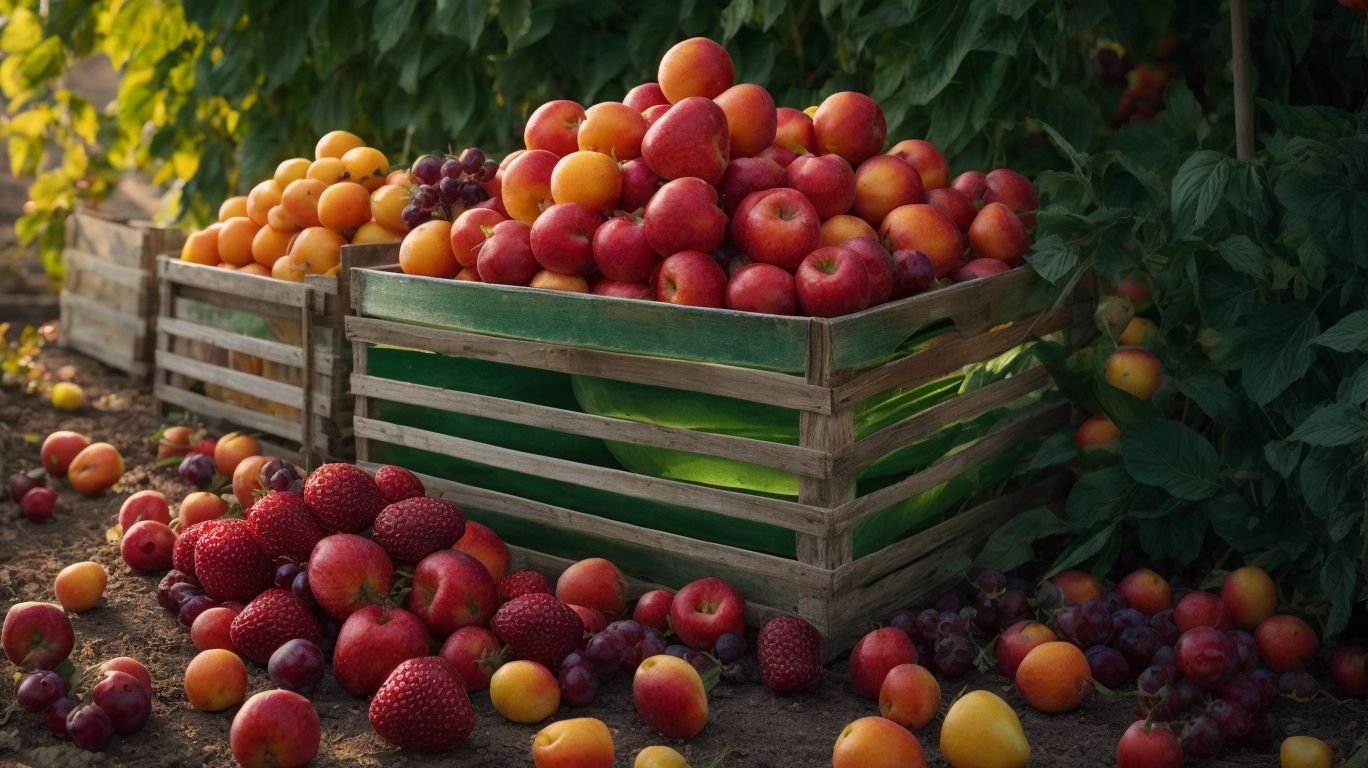
Photo Credits: Chemicalglossary.Net by Elijah Miller
Ethylene is a naturally occurring gas that plays a critical role in the ripening of fruits. It is produced by fruits as they reach maturity and acts as a signal for other fruits to ripen as well. By activating enzymes that break down cell walls and convert starches into sugars, ethylene speeds up the process of fruit ripening.
This gas is also utilized in commercial agriculture and the food industry to artificially ripen fruits. Understanding the function of ethylene can assist farmers, distributors, and consumers in effectively managing fruit ripening and maximizing shelf life.
How Does Ethylene Affect Fruit Ripening?

Photo Credits: Chemicalglossary.Net by Billy Clark
Ethylene plays a crucial role in the ripening of fruits, accelerating the process and influencing various physiological changes. Here are the steps through which ethylene affects fruit ripening:
- Production: As fruits mature, they naturally produce ethylene.
- Autocatalysis: Ethylene triggers the production of more ethylene, creating a positive feedback loop.
- Respiration: Ethylene enhances the rate of respiration, leading to the breakdown of complex compounds into simpler sugars.
- Softening: Ethylene promotes the breakdown of cell walls, resulting in the softening of fruits.
- Pigmentation: Ethylene stimulates the production of pigments, resulting in changes in color.
What Are The Different Types Of Ethylene?
There are various forms of ethylene that play a significant role in fruit ripening. These include endogenous ethylene, which is naturally produced by the fruit itself, and exogenous ethylene, which is derived from external sources. In commercial fruit production, ethylene gas is a commonly used form of exogenous ethylene to hasten the ripening process. Another type is 1-methylcyclopropene (1-MCP), an ethylene inhibitor that can be utilized to delay or slow down the ripening process. Having knowledge of the different types of ethylene is crucial in effectively managing fruit ripening and ensuring optimal quality and shelf life.
What Are The Factors That Influence Ethylene Production In Fruits?

Photo Credits: Chemicalglossary.Net by William Flores
In the process of fruit ripening, ethylene plays a crucial role as a plant hormone. However, the production of ethylene can be influenced by various factors. In this section, we will dive into the different elements that can affect ethylene production in fruits. From temperature to oxygen levels to hormones, we will explore how each of these factors can impact the ripening process and ultimately, affect the quality and shelf life of fruits.
1. Temperature
Selecting the appropriate temperature is crucial for fruit ripening. Here is a step-by-step guide to understanding the role of temperature in fruit ripening:
- Monitor temperature: Keep track of the temperature during the ripening process.
- Cool storage: Store fruits at lower temperatures to slow down ripening.
- Room temperature: Allow fruits to ripen at the ideal temperature for optimal flavor and texture.
- Refrigeration: Extend the shelf life of ripe fruits by storing them in the refrigerator.
In the early 20th century, scientists discovered that temperature plays a significant role in fruit ripening. They observed that different fruits have specific temperature requirements for optimal ripening. This knowledge revolutionized the fruit industry and allowed for better control over the ripening process, ensuring that consumers enjoy fruits at their peak freshness.
2. Oxygen Levels
Oxygen levels play a crucial role in ethylene production and fruit ripening. Here are steps to consider:
- Ensure Proper Ventilation: Proper airflow will help maintain optimal oxygen levels.
- Avoid Overcrowding: Overcrowding fruits can lead to reduced oxygen levels, speeding up ethylene production.
- Control Temperature: Optimal temperature control can help regulate oxygen levels and slow down ethylene production.
- Monitor Ethylene Filters: Regularly check and replace ethylene filters to maintain adequate oxygen levels.
In 1772, English chemist Joseph Priestley discovered oxygen, which led to a better understanding of its role in fruit ripening and ethylene production.
3. Hormones
Hormones play a vital role in the production and regulation of ethylene during fruit ripening. Here are some key steps to understand their influence:
- Auxins: These hormones stimulate ethylene production and promote fruit growth and development.
- Abscisic acid: It inhibits ethylene synthesis, which delays fruit ripening.
- Ethylene: The most crucial hormone in fruit ripening, as it triggers various physiological changes.
Understanding the interaction between these hormones is crucial for controlling and manipulating ethylene production in fruits. Proper management can extend the shelf life of fruits or promote ripening when desired.
What Are The Signs Of Ethylene Production In Fruits?
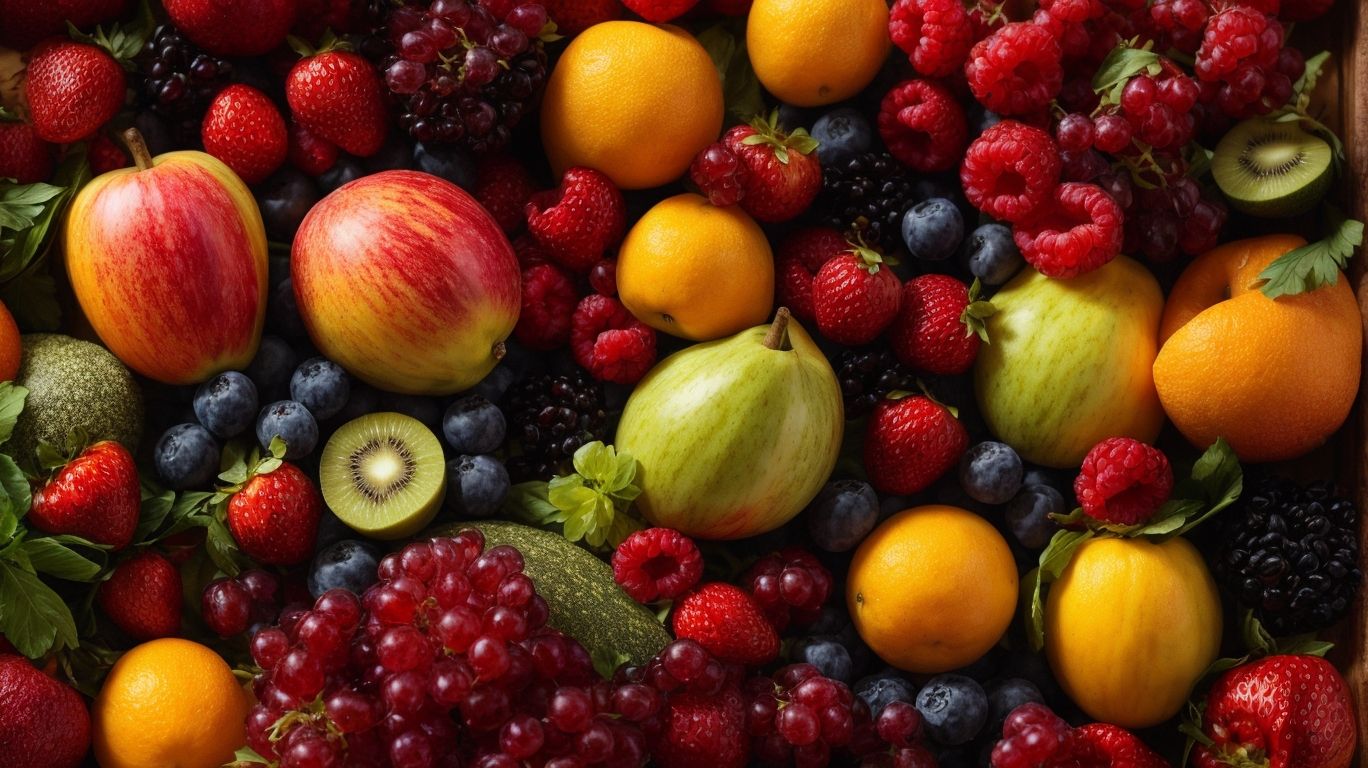
Photo Credits: Chemicalglossary.Net by Gary Carter
Understanding the process of fruit ripening involves examining the role of ethylene, a plant hormone that plays a crucial role in the ripening process. One of the key indicators of ethylene production in fruits is the softening of the fruit itself. But there are other signs that can also signal the presence of ethylene, such as changes in color and the development of flavor. Let’s take a closer look at these signs and how they contribute to the ripening of fruits.
1. Softening Of The Fruit
Softening of the fruit is a crucial sign of ethylene production and ripening.
- As ethylene levels increase, enzymes are activated, leading to the breakdown of cell walls.
- This enzymatic activity results in the softening of the fruit’s flesh.
- The fruit becomes more delicate and easier to chew, indicating that it is ripe and ready to eat.
- Softening can be observed in various fruits, such as bananas, avocados, and peaches.
- It is important to monitor this softening process to ensure that the fruit is consumed at its peak ripeness.
2. Color Changes
Color changes in fruits are a common sign of ethylene production. Here are the steps involved in the color change process:
- Ethylene production triggers enzymes that break down chlorophyll, causing green pigments to fade.
- Carotenoids, which are responsible for red, orange, and yellow colors, become more visible as chlorophyll breaks down.
- The concentration of pigments changes, resulting in color shifts from green to red, orange, or yellow.
- The intensity of the color change depends on the specific fruit and its maturity stage.
- During ripening, fruits like bananas, tomatoes, and apples undergo a color change from green to yellow, red, or other vibrant colors.
3. Flavor Development
Flavor development in fruits is influenced by the production of ethylene, a natural ripening hormone. Here are the steps involved in flavor development:
- As fruits ripen, ethylene production increases.
- Higher levels of ethylene trigger the release of enzymes that break down starches into sugars.
- This enzymatic process leads to the development of sweeter and more flavorful fruits, contributing to the overall taste and aroma of the fruit.
- Other flavor compounds, such as esters and organic acids, are also produced during this stage.
- The balance of sugars, acids, and aromatic compounds plays a crucial role in the flavor development of the fruit.
By understanding the role of ethylene in flavor development, fruit producers can optimize the ripening process to ensure fruits reach their peak flavor before reaching consumers.
How Can Ethylene Production Be Manipulated In Fruits?
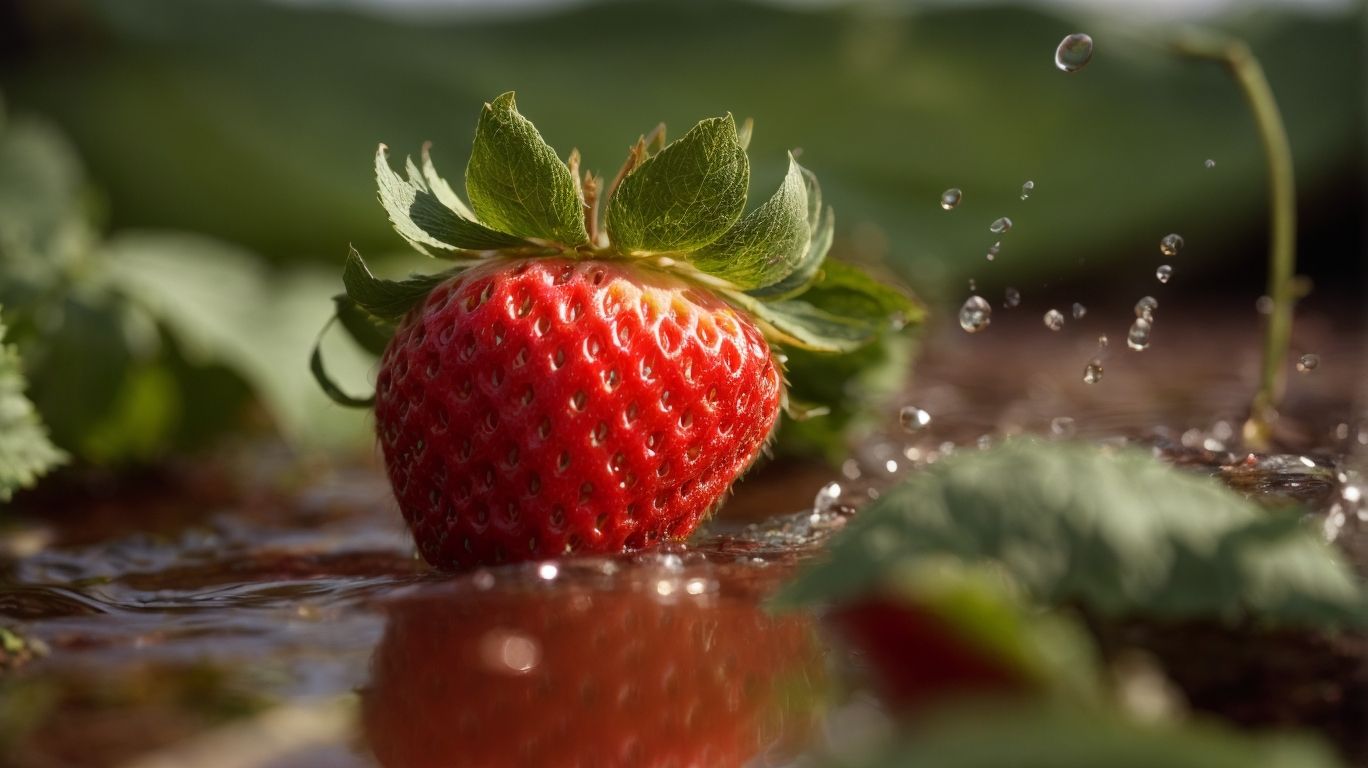
Photo Credits: Chemicalglossary.Net by Jonathan Torres
When it comes to fruit ripening, ethylene plays a crucial role. But did you know that the production of this hormone can be manipulated in fruits? In this section, we will discuss two methods that can alter the levels of ethylene in fruits: the use of ethylene inhibitors and ethylene releasers. By understanding how these methods work, we can gain a better understanding of the complex process of fruit ripening and potentially use this knowledge to our advantage in agriculture and food preservation.
1. Ethylene Inhibitors
Ethylene inhibitors are useful substances that can effectively slow down or prevent the production of ethylene in fruits, thus delaying their ripening process. To properly use ethylene inhibitors, follow these steps:
- Identify the specific fruit or produce that you want to delay the ripening of.
- Select a suitable ethylene inhibitor product, such as 1-MCP (1-methylcyclopropene), which is commonly used for this purpose.
- Follow the instructions on the product packaging for proper application and dosage.
- Ensure that the inhibitor is applied at the appropriate stage of fruit development to achieve the desired effect.
- Regularly monitor the fruits to assess the level of ripening and make necessary adjustments.
By utilizing ethylene inhibitors, you can prolong the shelf life of fruits, reduce spoilage, and have better control over the timing of their ripening. It is important to note that different fruits may require specific ethylene inhibitors, so it is advisable to seek advice from experts or refer to product guidelines for optimal results.
2. Ethylene Releasers
Ethylene releasers are substances that release ethylene gas, which can accelerate the ripening process in fruits. To use ethylene releasers effectively, follow these steps:
- Choose a suitable ethylene releaser product, such as ethylene-generating sachets or sprays.
- Place the ethylene releaser near the fruits you want to ripen.
- Ensure proper ventilation to allow the ethylene gas to disperse and reach the fruits evenly.
- Monitor the fruits closely to determine the desired level of ripeness.
- Adjust the amount of ethylene releaser used based on the specific fruit type and ripening stage.
- Remove the ethylene releaser once the desired ripeness is achieved to prevent overripening.
What Are The Benefits And Risks Of Ethylene In Fruit Ripening?
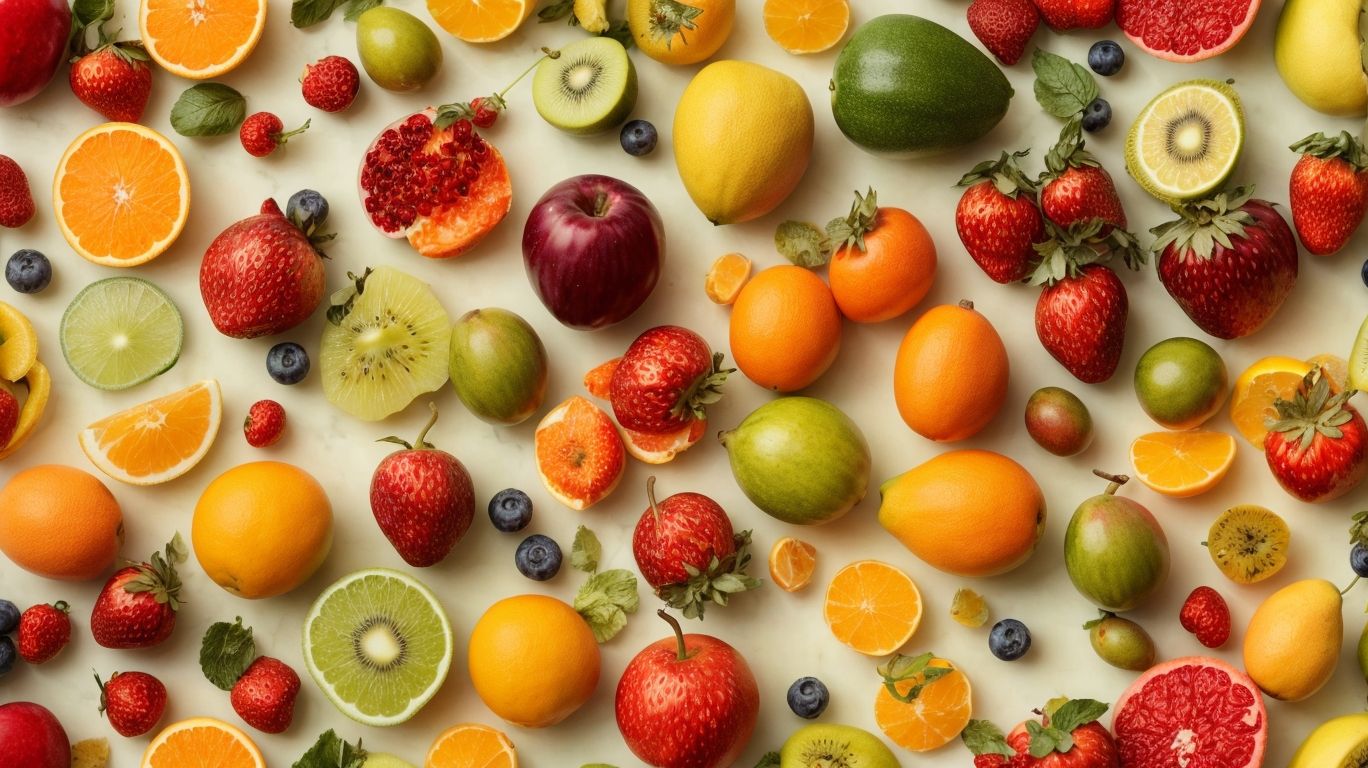
Photo Credits: Chemicalglossary.Net by Juan Rivera
As a natural plant hormone, ethylene plays a crucial role in the ripening process of fruits. However, its use in commercial fruit ripening has sparked debates about its benefits and potential risks. In this section, we will discuss the pros and cons of ethylene in fruit ripening. We will explore the benefits that allow for efficient and uniform ripening, as well as the potential risks that may arise from its use. By understanding this complex topic, we can make informed decisions about the use of ethylene in fruit ripening.
1. Benefits
The advantages of ethylene in fruit ripening are plentiful. Here are some steps to highlight these benefits:
- Uniform Ripening: Ethylene helps fruits ripen evenly, ensuring consistent color, texture, and flavor.
- Improved Shelf Life: Ethylene treatment can prolong the shelf life of fruits, reducing spoilage and food waste.
- Enhanced Aroma: Ethylene stimulates the production of aromatic compounds, enhancing the pleasant scent of ripe fruits.
- Increase in Nutritional Value: Ethylene promotes the synthesis of essential nutrients, making fruits more nutritious.
- Optimal Taste and Texture: Ethylene triggers enzymes that break down starches into sugars, resulting in sweeter and softer fruits.
A farmer noticed that when he placed some unripe tomatoes in a bag with a ripe banana, the tomatoes ripened faster. This simple experiment demonstrated the benefits of ethylene in fruit ripening and helped the farmer improve the ripening process of his produce.
2. Risks
The potential risks associated with ethylene in fruit ripening include premature spoilage, accelerated aging, and loss of quality. Ethylene has the ability to cause fruits to overripen, resulting in a mushy texture and unpleasant flavors. It can also contribute to the growth of mold and decay, ultimately reducing the shelf life of the fruit. Additionally, ethylene can cause fruits to lose their vibrant color and essential nutrients.
To minimize these risks, proper storage and handling techniques are crucial. For example, separating ethylene-sensitive fruits from ethylene-producing fruits during storage can help prevent premature ripening. It is important to note that exposure to ethylene can also have a negative impact on non-fruit produce, such as vegetables and flowers.
How Is Ethylene Used In Commercial Fruit Production?
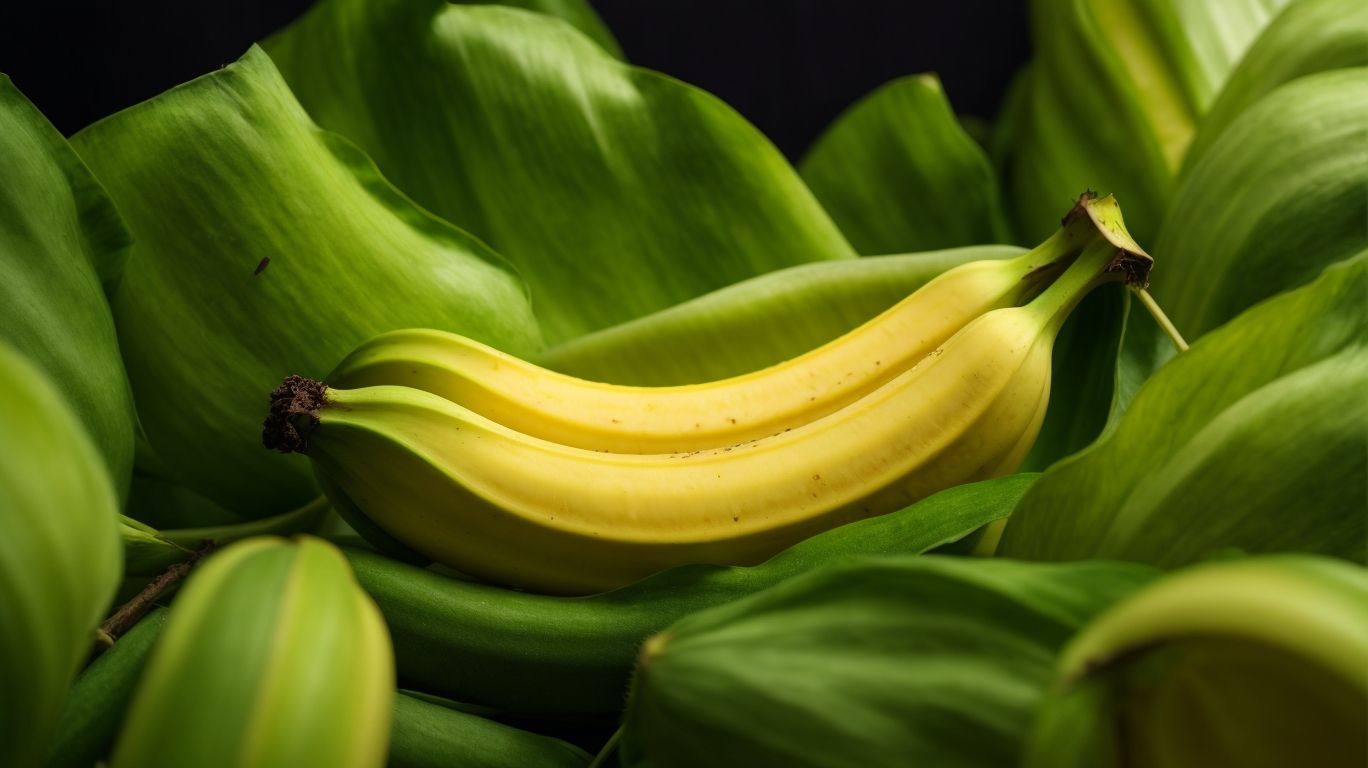
Photo Credits: Chemicalglossary.Net by Christian Roberts
Ethylene, a naturally occurring plant hormone, plays a crucial role in the ripening of fruits. In commercial fruit production, ethylene is harnessed and utilized in various methods to control the ripening process and prolong the shelf life of fruits. In this section, we will delve into the different ways ethylene is used in commercial fruit production, including controlled atmosphere storage, ethylene gas treatment, and ethylene releasing packaging. These techniques have revolutionized the fruit industry and allowed for the widespread availability of fresh, ripe fruits year-round.
1. Controlled Atmosphere Storage
Controlled atmosphere storage is a highly effective method used to slow down fruit ripening and extend their shelf life. The following are the necessary steps involved in this process:
- Choose a suitable storage facility that has the capability to control temperature, humidity, and gas composition.
- Harvest the fruits at the appropriate stage of maturity.
- Pre-cool the fruits to remove any excess field heat.
- Create an optimal storage atmosphere by adjusting the levels of oxygen, carbon dioxide, and ethylene gas.
- Regularly monitor and maintain the storage conditions to ensure optimal conditions are maintained.
- Use ethylene scrubbers or absorbers to remove any excess ethylene gas.
- Regularly inspect the fruits for any signs of ripening and make necessary adjustments to the atmosphere.
- Handle the fruits with care during storage to minimize any potential damage.
- Properly package the fruits to protect them from any physical damage.
By following these steps, controlled atmosphere storage can effectively slow down fruit ripening and maintain their quality for a longer period of time.
2. Ethylene Gas Treatment
Ethylene gas treatment is a common practice in commercial fruit production to accelerate fruit ripening. Here are the steps involved in the process:
- Isolation: Fruits are placed in a sealed chamber or room to prevent the gas from escaping.
- Preparation: Ethylene gas is introduced into the chamber at specific concentrations, typically around 100-1000 parts per million.
- Exposure: The fruits are exposed to the gas for a predetermined period, usually 24-48 hours.
- Monitoring: During the treatment process, gas levels and fruit ripening progression are closely monitored.
- Removal: Once the desired ripeness is achieved, the fruits are removed from the chamber and prepared for distribution.
Ethylene gas treatment can improve the uniformity and efficiency of fruit ripening, allowing producers to deliver ripe and ready-to-eat fruits to consumers. However, it is crucial to carefully control the concentration and duration of the treatment to avoid overripening or quality degradation of the fruits. Producers should also consider the specific requirements of different fruits and adjust the treatment accordingly.
3. Ethylene Releasing Packaging
Ethylene-releasing packaging is a method used in fruit ripening to speed up the process. Here are the steps involved:
- Fruits are placed in specialized packaging that contains a material capable of releasing ethylene gas.
- The packaging is sealed to create an enclosed environment.
- The ethylene gas released from the packaging interacts with the fruits and triggers the ripening process.
- This method is commonly used for fruits like bananas, avocados, and tomatoes.
- Ethylene-releasing packaging helps ensure even ripening and prolongs the shelf life of fruits.
Fun Fact: The use of ethylene-releasing packaging has transformed the fruit industry by allowing fruits to be picked before they are fully ripe and then ripened during transportation or storage.
Frequently Asked Questions
What is ethylene and how does it affect fruit ripening?
Ethylene is a gaseous plant hormone that plays a crucial role in the ripening process of fruits. It is responsible for changes in fruit quality characteristics such as softening, increased sugar content, reduced acid levels, and development of aroma and flavor. However, excessive ethylene production can lead to over-ripening and decreased shelf-life and storability of fruits.
What are the different types of fruits and how does ethylene affect them?
Fruits can be categorized into two types: climacteric and non-climacteric. Climacteric fruits, such as peaches, bananas, apples, and avocados, can ripen after harvest due to a burst of ethylene production. Non-climacteric fruits, like cherries, grapes, strawberries, and blueberries, cannot ripen after harvest and do not have a peak of ethylene production during ripening.
How is ethylene production measured and studied in fruits?
Ethylene production can be measured in the laboratory using a gas chromatograph, which can analyze different components in a gaseous sample. Non-destructive methods of measuring ethylene production include placing fruits in a sealed container and analyzing the gas inside after a certain amount of time. Several studies have been conducted to understand the relationship between ethylene production and fruit ripening.
What are some examples of studies that have explored the role of ethylene in fruit ripening?
Biale et al. (1954) found that ethylene production increases as fruits ripen, and this gas is responsible for the softening of fruits. Kidd and West (1945) studied the respiratory activity and lifespan of apples at different stages of development, and found that ethylene production increases as fruits reach maturity. Nelson (1940) conducted a quantitative study on the production of ethylene by ripening McIntosh apples and found that ethylene levels increase as fruits ripen.
Why is understanding the ripening pattern of fruits important?
Understanding the ripening pattern of fruits is crucial for developing management strategies, determining optimum harvest dates, and designing postharvest storage practices. Proper management of ethylene levels is crucial for ensuring the quality and marketability of fruits.
What are some methods for controlling ethylene levels in fruits?
There are various methods for controlling ethylene levels in fruits, including preharvest application of ethylene biosynthesis inhibitors, postharvest application of ethylene scrubbing or blocking agents, and cold storage. It is also important to avoid storing ethylene-producing fruits with ethylene-sensitive fruits to prevent accelerated ripening.
